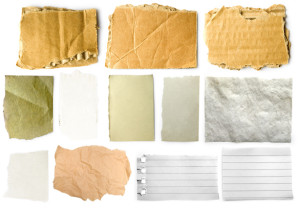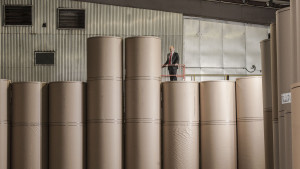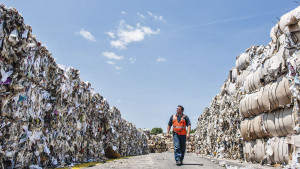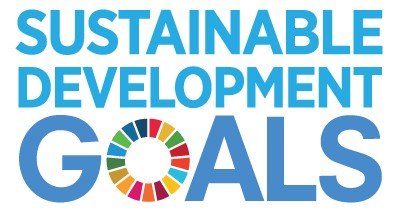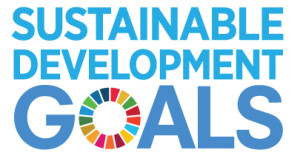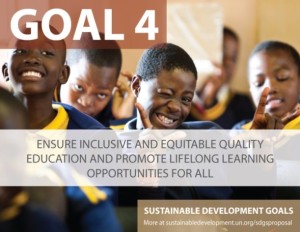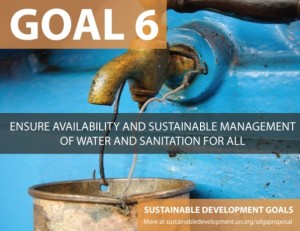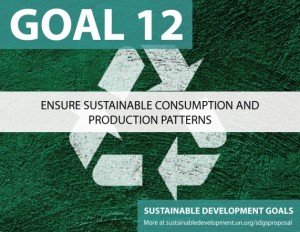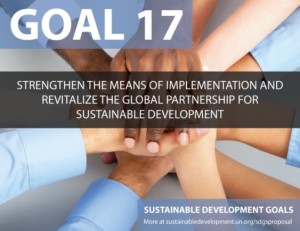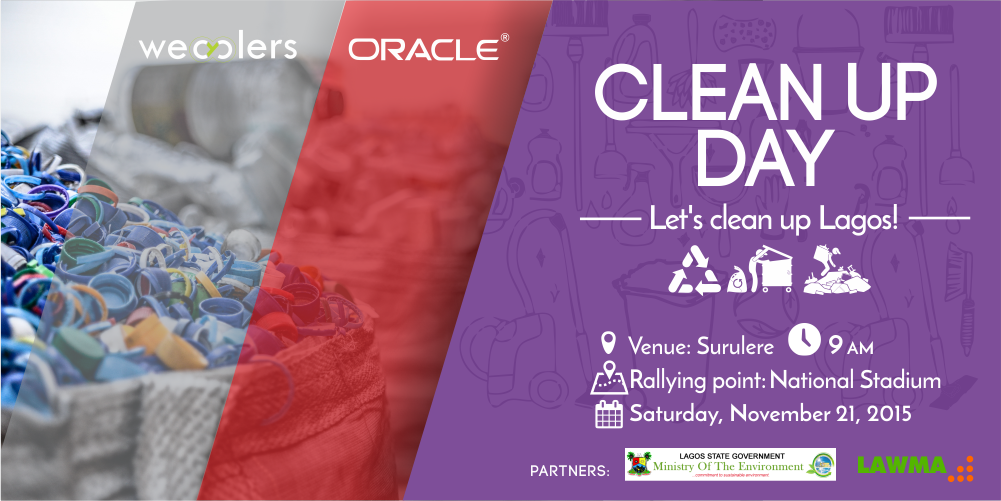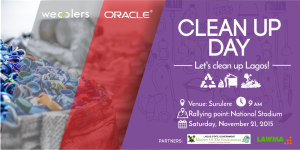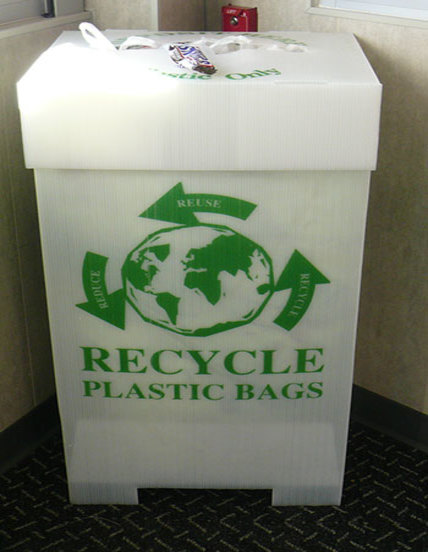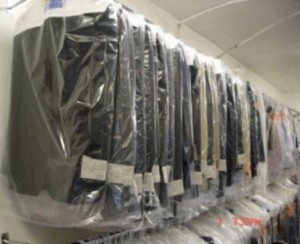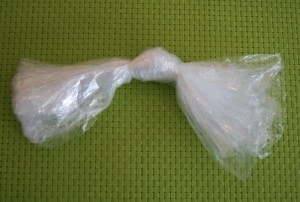By Jordan Ricker
In light of World Population Day (a UN International Day) on July 11, this month Wecyclers looks into how population growth affects the environment. Jordan Ricker of Wecyclers sat down with Dr. Victor Fodeke, an expert on waste management and environmental issues, to discuss how population impacts the environment.
 Dr. Victor Fodeke
Dr. Victor Fodeke
Dr. Fodeke is a Humphrey Fellow (1988), and an Ashoka Fellow (1997). Dr. Fodeke founded the African Environmental Action Network in Nigeria, which trains recent graduates on community organization and sensitizes them to environmental issues and opportunities for action. In 2008 he was appointed as the Head of the Special Climate Change Unit in the Federal Ministry of Environment in Nigeria, and since 2011 Dr. Fodeke has been a consultant for the African Development Bank as well as an Adviser to the African Union.
Jordan Ricker (JR): How did you first get involved with waste management?
Dr. Fodeke: My career in the environment started in 1980, but my experience with recycling didn’t emerge until nearly a decade later. I had been working with the Environment Unit in the Ministry of Environment when we had an incident with eco-waste in 1988. We had 4,000 tons of toxic waste brought into Nigeria from Italy. We managed to get the assistance of the U.S. Embassy and one of the expats from the EPA (Environmental Protection Agency) trained Nigerians to repackage toxic waste and return it back to Italy. From this experience, I went on to learn about waste management in Seattle, Washington. I was there when the first experiments on waste recycling started at the University of Washington in 1988.
JR: Lagos is the biggest city in Nigeria and the biggest city in all of Africa with an estimated population of 18-21 million people. What effects does this massive amount of people have on the environment in Lagos?
Dr. Fodeke: When you think about a population, you have to look at the ecological resources you have. When the population’s demands on its ecosystem are beyond the carrying capacity of that system, there will be a catastrophe. To give an example, during my Master’s research I was looking at the microbial and heavy metal content in the Lagos Lagoon and discovered that the lagoon basically serves as a depot for untreated industrial effluent that is simply dumped there.
This is just part of the huge waste that is generated in Lagos that is an eyesore to all the city’s inhabitants and unless something is done very quickly to address the issue, there will be an ecological catastrophe. One way to do this is to borrow the waste management model of Seattle, in which the city decided to recycle 60% of their waste in five years (and ended up doing it in three).
JR: So in contrast to Lagos, what is the interplay between the population and the environment in smaller cities in Africa, such as Abuja, Nigeria (approx. 2 million) or Dakar, Senegal (approx. 6 million)?
Dr. Fodeke: No matter the population, it’s important to look at the correlation between population rise and what is being produced against the carrying capacity of that specific ecosystem. No matter the type of waste (air pollutants, solid waste, etc.), they all have to take into account the carrying capacity of the ecosystem. I think one of the main problems is the perception of waste. Waste should not been seen as a nuisance, but as a valuable resource. We’re wasting our waste. In countries across the world, like Sweden, the waste generated there is used for electricity. In other places, waste is not treated as something to be discarded, but as something that can be utilized for reducing, reusing, and recycling. Recycling is a cash cow in Canada and the United States that creates thousands of jobs every year. In Nigeria, we need to see waste as a resource to be utilized and understand that waste can bring wealth!
JR: Going back to Lagos, Nigeria, the World Bank estimates that the population of Lagos will grow at a rate of 5.8% per year to 35 million people by 2025. Will Lagos be able to sustain a population bigger than that of Beijing, China, without suffering serious environmental effects?
Dr. Fodeke: Long range planning is the key to addressing pernicious environmental effects. If Lagos state, and Nigeria in general, already have estimates for the population in 2025, then what is left is utilizing that data to create plans and policies that will be able to address the predicted negative environmental effects of population growth. If Lagos State implemented short, medium, and long range planning on the problems of physical infrastructure, handling pollution, food production, etc., they could seriously reduce the number of issues facing the state government. All of these plans can only be put in place with a lot of information from the get-go. However, the problem is that most administrations don’t plan either before or beyond their four years in office. If you fail to plan, then you are planning to fail.
JR: In the same vein as planning, many people talk about places such as the Nordic countries and Switzerland as being shining examples of environmental policy, waste management, and recycling, often attributed to their excellent foresight of these issues. However, all of these countries have very little or even negative population growth. How does negligible population growth and small population size factor in with a good environmental track record?
Dr. Fodeke: One of the crucial factors in planning is access to data and information. We don’t have the culture of quantitative and qualitative data here in Nigeria. You need to have quality control and data management as the very foundation of your planning and in Nigeria, you cannot rely on that information. Unless there are programs created for data acquisition and management or the establishment of a Bureau of Statistics that can help to generate data for effective implementation, the method of getting these data is not readily or accurately available. The Nordic countries and those like them that have excellent waste management policies in place have a lot of data and they actually use it. For example, they know the birth rates and the death rates of their citizens to a very precise degree. By contrast, those numbers are just general estimates in Nigeria. When you fail to have data at your fingertips then you cannot plan. You are going to head into disaster.
JR: Speaking of data, let me throw some at you. In general trends, while world population growth has decreased from 2% overall in the 1960s to hover around 1.1% in 2015, the world population size itself has drastically increased from approximately 3 billion in 1960 to more than two times that, around 7.3billion in 2015. Considering the sheer amount of people that are now alive, what needs to be done right now to curb environmental degradation? And for Lagos in particular, with a growth rate nearly five times the global average, what needs to be done?
Dr. Fodeke: When I think of best practices, I keep going back to my experiences in Seattle. They made it a state law that 60% of what people living in Seattle generated as waste needed to be recycled within five years. Additionally, state residents had to pay for as much waste as they generated. This example of successful waste management came from recycling being an enforced law that made economic sense. Once people were forced by the government to pay for the amount of waste they were responsible for, they immediately generated less, which saved individuals money and immediately implemented recycling. The city of Seattle can be a microcosm for Lagos, which should be a microcosm for all of Nigeria. The template of Seattle, which redefines waste management as focusing on reducing waste from the source, is applicable no matter a city’s population size and is the best way to effectively address the immense waste problem that the world currently faces.
JR: With the new federal government in Nigeria and state government in Lagos, what are some pieces of advice that you have for President Mohammadu Buhari and Governor Akinwunmi Ambode on environmental legislation?
Dr. Fodeke: First of all, there needs to be environmental laws in this country. The federal, state, and local government need to work together throughout all levels and ensure the laws are followed-through with impact assessment. Secondly, we must start to see the environment as what has been given to us by our parents and what we will give to our children. The new administration has to create policies backed by legislation that is focused on using the environment and protecting it. The laws created must also be practical and enforceable, not draconian; otherwise they will create more problems than they solve. Furthermore, it pays to go green these days – it creates jobs and saves money in both the short and long run. Lastly, from an ethical perspective, people don’t deserve this environment. Human beings deserve to live in an environment that is beneficial to their health, not detrimental to it. The job of the government is to work for the good of the people and one of the basic conditions of that public good is guaranteeing a healthy and clean environment for citizens.
JR: Now let’s look to the future. In examining countries with rising population growth that will be major political and economic powerhouses in the next generation, such as Nigeria, Brazil, and India, what do you suggest these countries do in planning for the environment’s future with the knowledge that their already vast populations will be increasing at such dramatic rates?
Dr. Fodeke: I think one of the key players in planning good environmental policy is the type of government a state has. Democracy is very good in terms of being proactive in enforcing policies. While some of these countries with very large populations are democratic, others are not. In democratic countries, you tend to see more of an environmental bent in discussions of population management. However, a noticeable exception of environmentally conscious policy coming from a democratic country is China. The pollution in China is not so good but China is currently working to correct that. That’s what happens when economic policies are put in place to consider the environment. In the end, it’s about the choices that people make every day about what kind of environment they want to live in and how their choices align or disjoin with that goal.
JR: Do you have any last comments you would like to share?
Dr. Fodeke: What I want to see more than anything else is an international workshop on waste management that look at strategies for Nigeria and discusses how to tackle this problem head-on. I hope this international workshop comes from the National Assembly and the relevant ministries working together to make this happen. Nigeria is a ticking time bomb of eco-catastrophe, but if we address the problem now, we can prevent that catastrophe from ever occurring.

This interview with Dr. Victor Fodeke was conducted by Jordan Ricker, a summer intern with Wecyclers. Jordan is a U.S. American who is currently pursing his undergraduate degree at Franklin University Switzerland in Lugano, Switzerland. He is passionate about both the field of social entrepreneurship and environmental conscientiousness and has found the perfect mesh of the two at Wecyclers.
Continue Reading
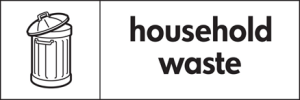 In the course of most human activities substantial quantities of various wastes are generated. Now it is quite clear that such waste should be properly managed. Without appropriate waste management we would soon live on dumpsites and landfills than in our homes. The recent development in the suburbs of Beirut due to the city’s ongoing garbage crisis is a reminder. We only have to decide on whether we will recover, regenerate and reuse the waste otherwise disposed of, or not.
In the course of most human activities substantial quantities of various wastes are generated. Now it is quite clear that such waste should be properly managed. Without appropriate waste management we would soon live on dumpsites and landfills than in our homes. The recent development in the suburbs of Beirut due to the city’s ongoing garbage crisis is a reminder. We only have to decide on whether we will recover, regenerate and reuse the waste otherwise disposed of, or not.



